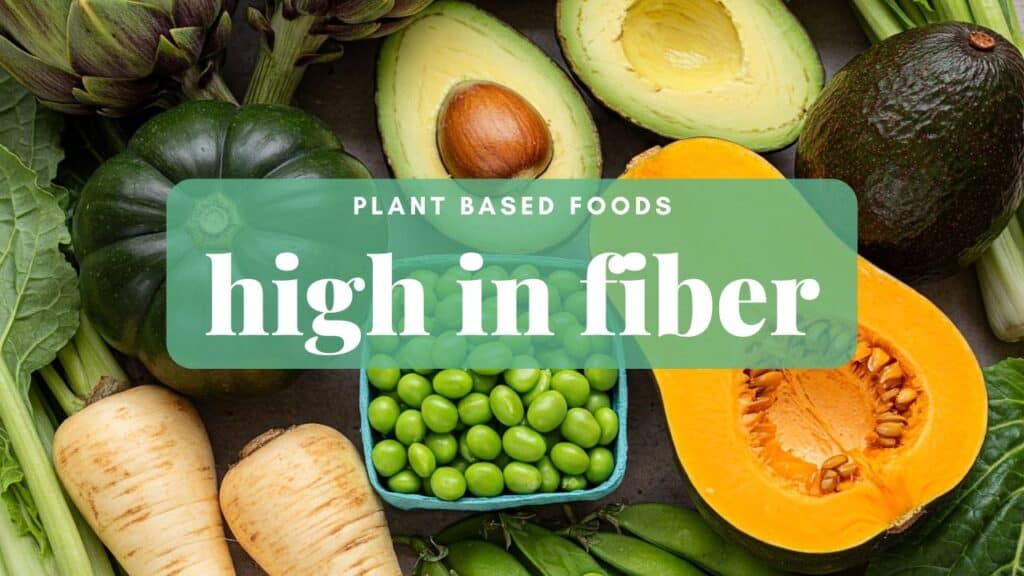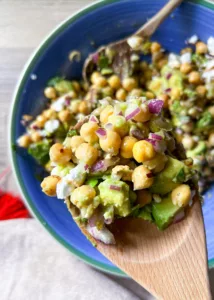Introduction Veggie High In Fiber
If you’re looking for a Veggie High In Fiber or high fiber plant based foods to enhance your diet with nutritious, fiber-rich foods, you’ve come to the right place. Fiber is essential for good digestion, heart health, and weight management. Our comprehensive chart showcases the top 30 vegetables that are highest in fiber, detailing their fiber content per cup.
This guide will help you make informed choices about incorporating these vegetables into your meals for a healthier lifestyle. If you’re curious about the protein content of these veggies, you can view my article here.
What is Dietary Fiber?
Dietary fiber is a type of carbohydrate that your body can’t digest. Unlike other carbs, fiber doesn’t break down into sugar molecules but instead passes through the body undigested. This process is what gives fiber its health benefits.
Discovering High Fiber Plant Based Foods
Eating high fiber plant based foods is a great way to boost your health. Many people choose whole grains, plant-based foods, and a vegan diet for their extra nutrients. Choosing foods rich in dietary fiber helps support a healthy digestive system and may lower the risk of heart disease. In fact, getting enough fiber can be a good way to maintain a healthy weight and support heart health.
Nutritional Powerhouses and Essential Nutrients
Whole foods like brown rice, white rice, and white bread are often part of the standard American diet, yet switching to high fiber plant based foods is a good choice. A vegetarian diet that includes fresh fruits, citrus fruits, and complex carbohydrates such as whole grains can lower cholesterol and reduce low-density lipoprotein levels, as noted by the American Heart Association.
Including dietary fiber in every meal helps the digestive system work better, and each meal should aim for an ideal fiber intake measured in grams of fiber. Experts suggest aiming for 25–30 grams of fiber daily, meaning each serving should include grams of fiber to meet daily value recommendations.

Types of Fiber: Soluble and Insoluble
Did you know there are different types of fiber? Soluble fiber dissolves in water, while insoluble fiber improves digestive tract function. This kind of fiber supports both digestive health and overall good health by promoting a healthy gut microbiome. Incorporating plant-based fiber from sources such as chia seeds, black beans, pinto beans, and nut butters is a great way to get plenty of fiber.
One recent study from the Institute of Medicine emphasized that the average American does not get enough fiber and that a high fiber plant based foods regimen can lower cancer risk, colon cancer, and colorectal cancer. A healthy plant-based diet that includes a good source of fiber from sweet potatoes, which you might enjoy in recipes alongside brussels sprouts, can also help with weight loss.

How Fiber Works in the Body
Fiber works by absorbing water and slowing down the digestion process, which can help control blood sugar levels. It also helps you feel full, which is great for weight management. Moreover, it keeps your digestive system running smoothly, preventing constipation and other digestive issues.

Top Veggie High In Fiber
Check out our bar chart below! It ranks the top veggies high in fiber by showing how many grams of dietary fiber each one offers. This visual guide makes it easy to see which fiber-rich foods are great for boosting your fiber intake, supporting a healthy digestive system, and helping with weight loss. Enjoy exploring these high fiber plant based foods and see which ones fit your health goals best!
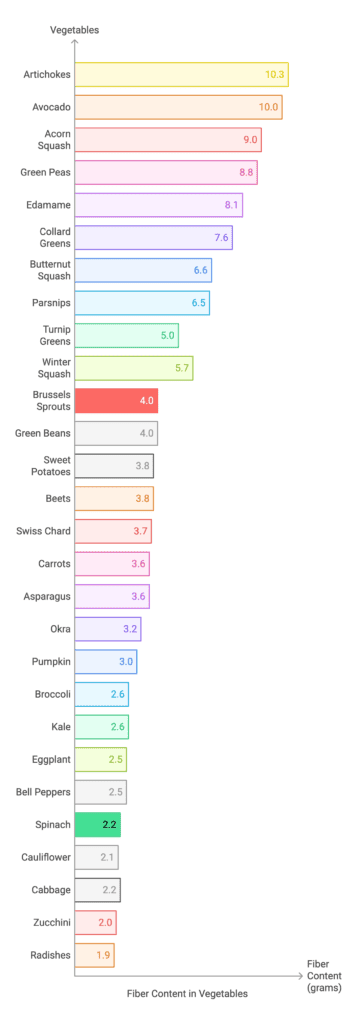
Top High-Fiber Vegetables
Artichokes

Artichokes are one of the highest-fiber vegetables, with an impressive 10.3 grams per medium artichoke.
Nutritional Profile
- High in vitamin C, K, and folate
- Contains magnesium and manganese
- Rich in antioxidants
Health Benefits
- Improves digestive health
- Supports liver function
- Enhances heart health
Green Peas
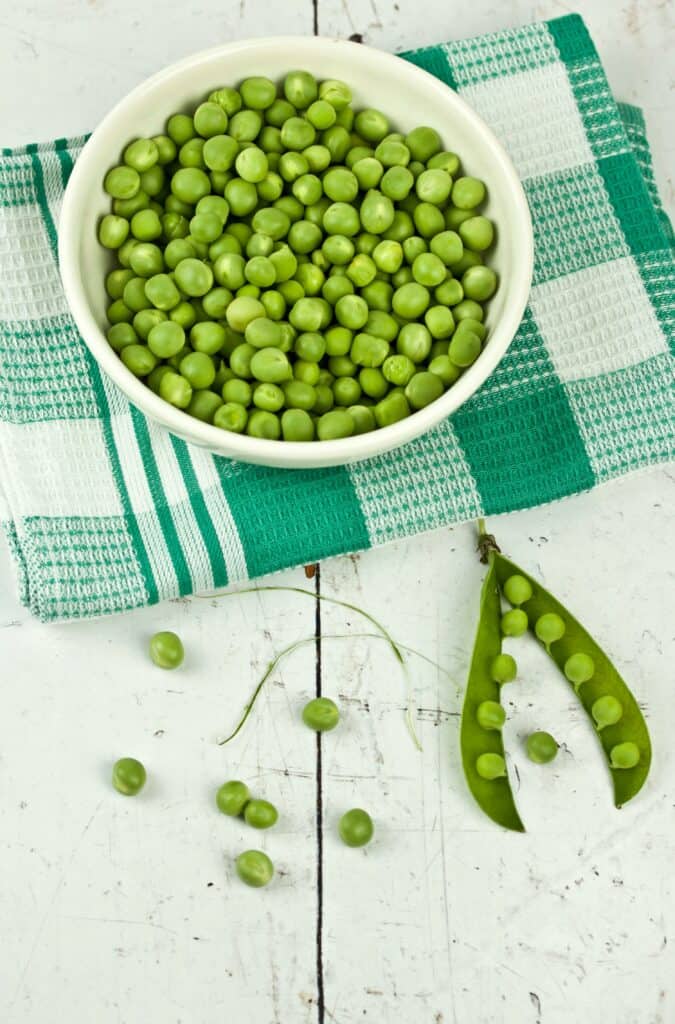
Green peas are small but mighty, offering about 8.8 grams of fiber per cup.
Nutritional Profile
- Rich in vitamins A, C, and K
- Contains folate and iron
- High in protein
Health Benefits
- Supports healthy vision
- Promotes heart health
- Aids in weight management
Brussels Sprouts
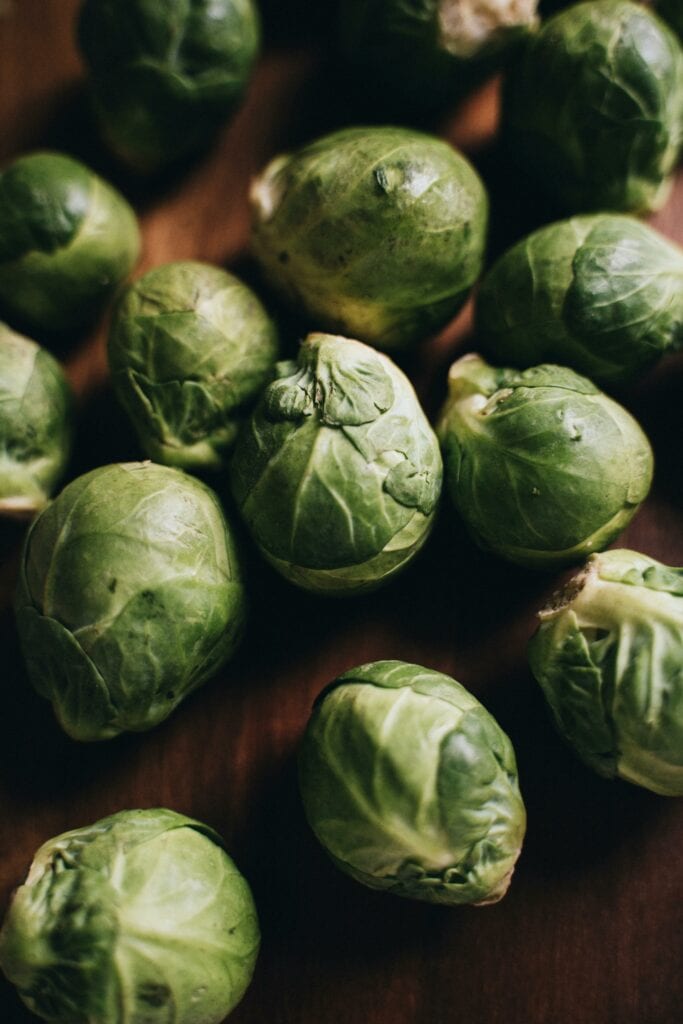
These mini cabbages pack a fiber punch with about 4 grams per cup.
Nutritional Profile
- High in vitamins C and K
- Good source of folate and manganese
- Contains antioxidants
Health Benefits
- Supports a healthy immune system
- Promotes heart health
- Aids in detoxification
Sweet Potatoes
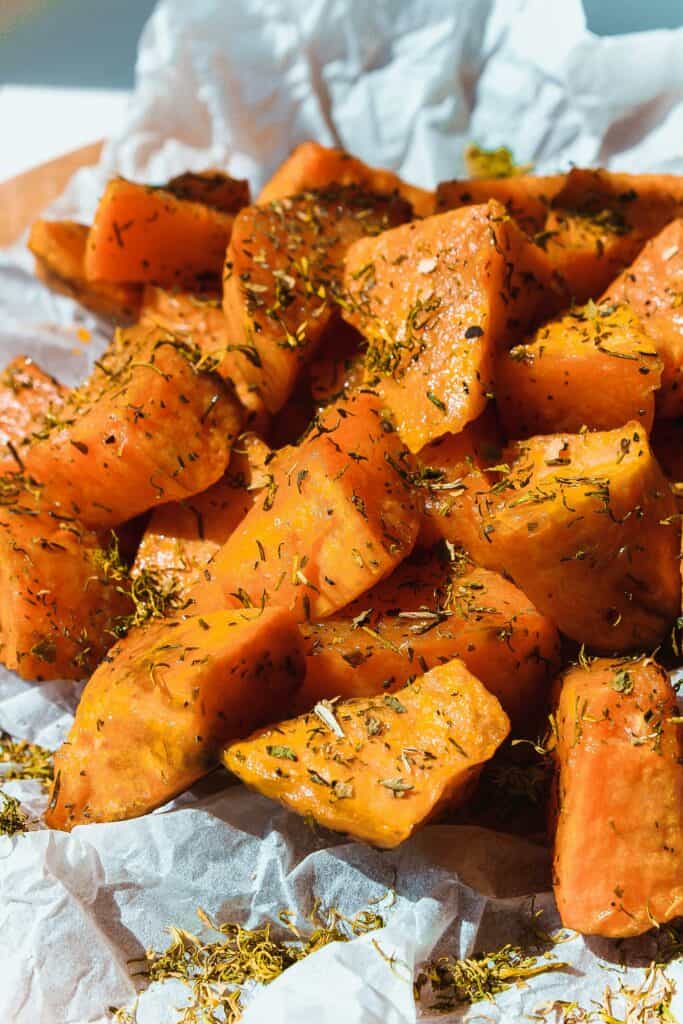
Sweet potatoes provide about 3.8 grams of fiber per medium potato and are packed with nutrients.
Nutritional Profile
- High in beta-carotene (vitamin A)
- Contains vitamins C and B6
- Rich in potassium
Health Benefits
- Supports eye health
- Boosts immune function
- Promotes gut health
Carrots
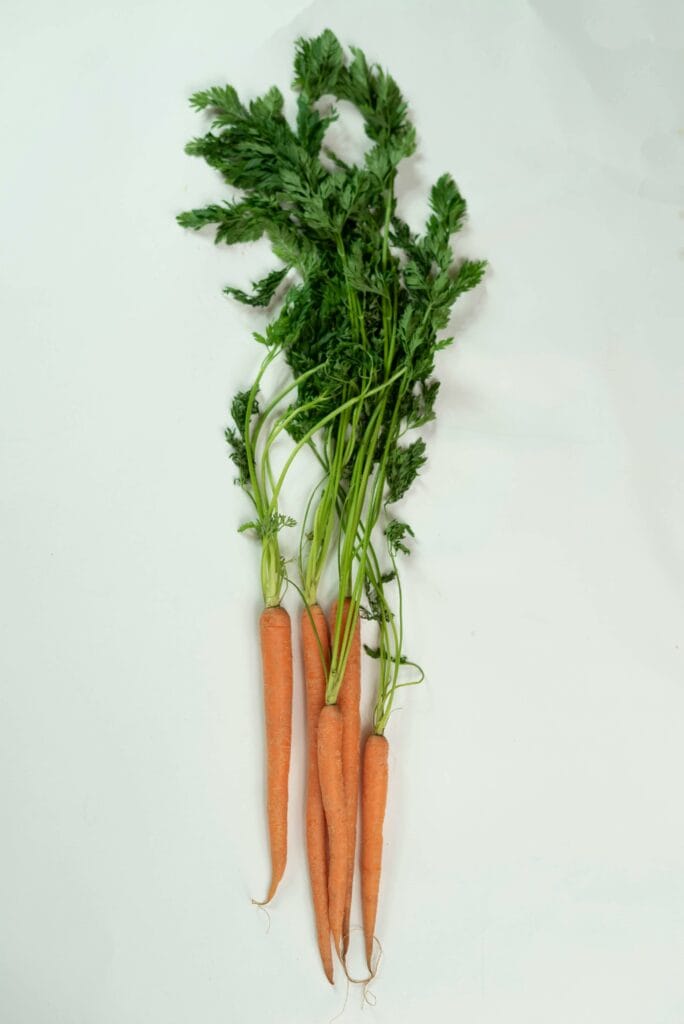
Carrots are not only good for your eyesight but also for your digestive system, offering about 3.6 grams of fiber per cup.
Nutritional Profile
- High in beta-carotene (vitamin A)
- Contains vitamins K1, B6, and potassium
- Low in calories
Health Benefits
- Supports eye health
- Promotes healthy skin
- Aids in weight loss
Broccoli
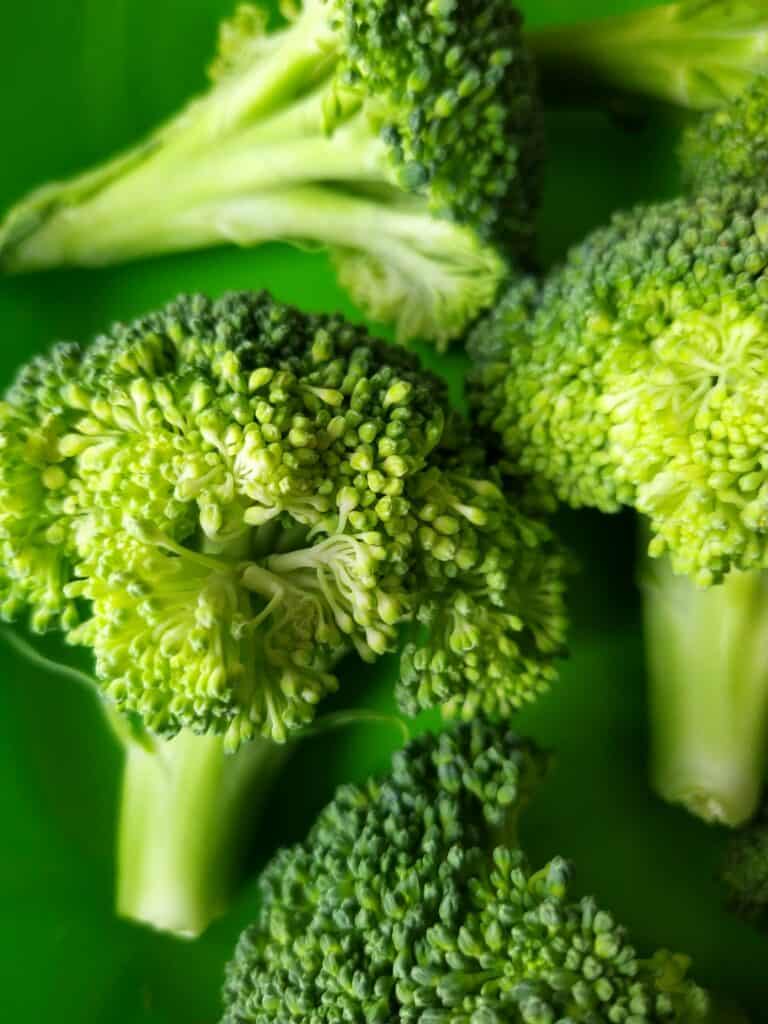
Broccoli is a powerhouse of nutrition. It’s low in calories but high in fiber, with about 2.6 grams per cup.
Nutritional Profile
- Rich in vitamins C and K
- Contains folate, potassium, and iron
- High in antioxidants
Health Benefits
- Boosts immune function
- Supports bone health
- Promotes digestive health

How to Incorporate High-Fiber Vegetables into Your Diet
Adding high-fiber vegetables to your diet is easier than you think. Here are some tips to get you started:
Meal Planning Tips
- Start Small: If you’re not used to eating a lot of fiber, start with small amounts to avoid digestive discomfort.
- Mix It Up: Combine different high-fiber vegetables in your meals for variety and balanced nutrition.
- Sneak in Veggies: Add finely chopped vegetables to sauces, soups, and casseroles.
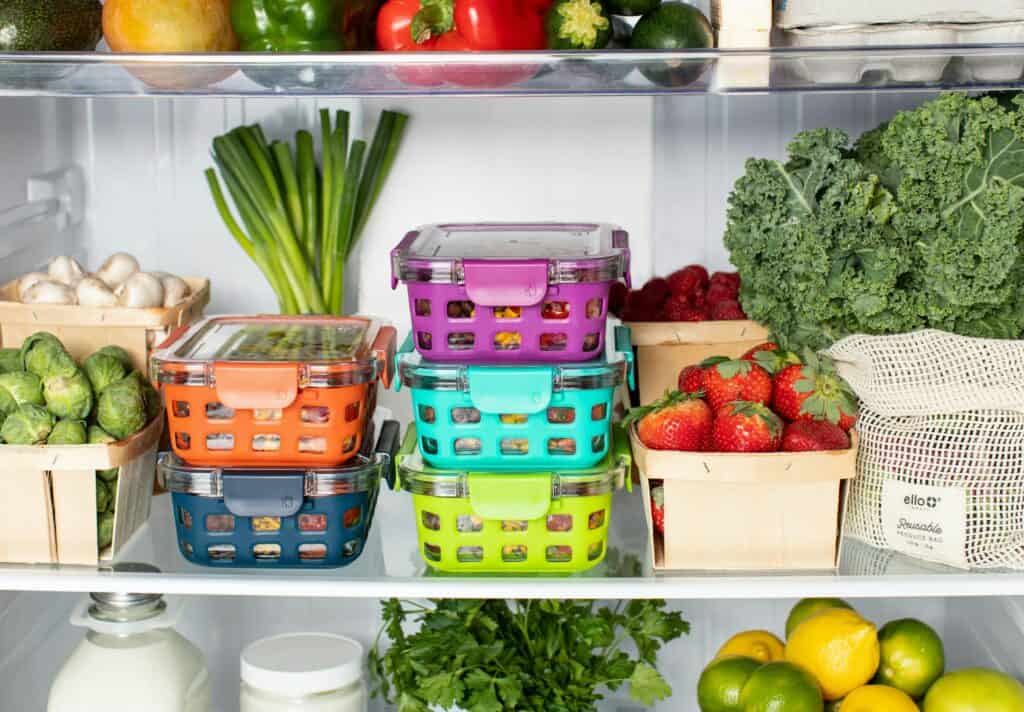
Easy Recipes and Snack Ideas
- Veggie Stir-Fry: A quick and delicious way to enjoy multiple high-fiber vegetables.
- Roasted Veggies: Toss your favorite high-fiber veggies with olive oil and roast for a tasty side dish.
- Green Smoothies: Blend spinach or kale with fruits for a nutritious and fiber-packed drink.
- Salads: Mix greens like spinach and kale with colorful veggies like carrots and broccoli.
Top 30 Veggies and Their Fiber Content
Our comprehensive chart showcases the top 30 vegetables that are highest in fiber, detailing their fiber content per cup. This guide will help you make informed choices about incorporating these vegetables into your meals for a healthier lifestyle.

| Vegetable | Fiber Content (grams per cup) |
|---|---|
| Artichokes | 10.3 |
| Avocado | 10.0 |
| Acorn Squash | 9.0 |
| Green Peas | 8.8 |
| Edamame | 8.1 |
| Collard Greens | 7.6 |
| Butternut Squash | 6.6 |
| Parsnips | 6.5 |
| Turnip Greens | 5.0 |
| Winter Squash | 5.7 |
| Brussels Sprouts | 4.0 |
| Green Beans | 4.0 |
| Sweet Potatoes | 3.8 |
| Beets | 3.8 |
| Swiss Chard | 3.7 |
| Carrots | 3.6 |
| Asparagus | 3.6 |
| Okra | 3.2 |
| Pumpkin | 3.0 |
| Broccoli | 2.6 |
| Kale | 2.6 |
| Eggplant | 2.5 |
| Bell Peppers | 2.5 |
| Spinach | 2.2 |
| Cauliflower | 2.1 |
| Cabbage | 2.2 |
| Zucchini | 2.0 |
| Radishes | 1.9 |
| Celery | 1.6 |
| Leeks | 1.6 |
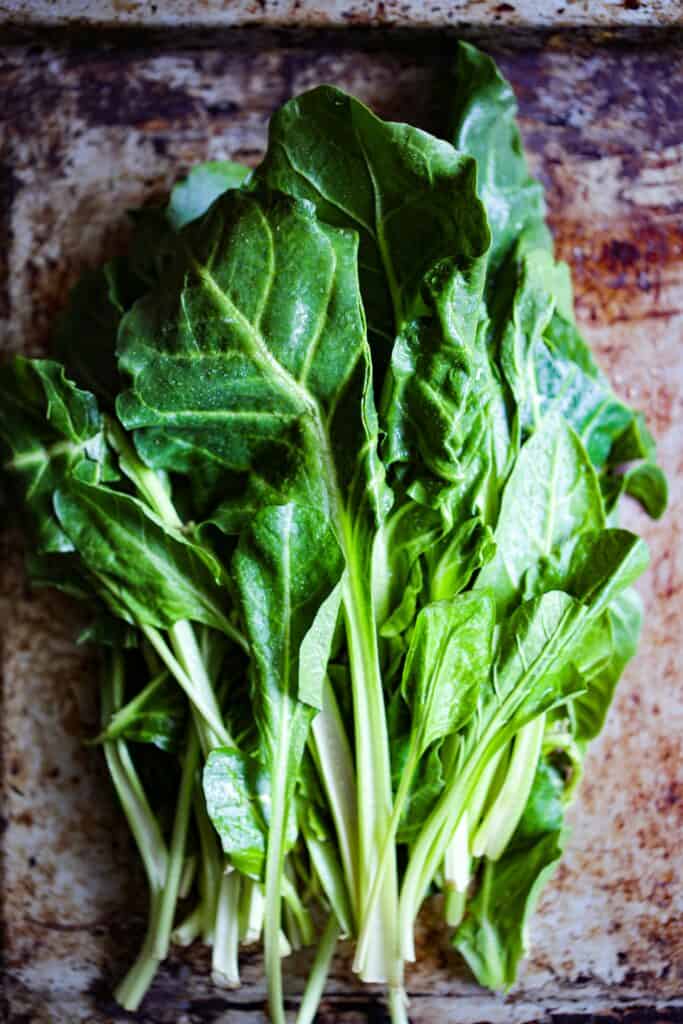
Health Benefits You Can Count On
The health benefits of high fiber plant based foods are vast. For instance, including dietary fiber in your meals can improve heart health by reducing fatty acids and lowering high blood pressure. This good news is supported by many health benefits reported in clinical studies. In addition, the health benefits extend to improved digestive system function and better digestive health overall.
Fiber-rich foods like fresh fruits, overnight oats, and breakfast cereals are a great way to support your immune system while reducing chronic disease risks. Many older adults find that maintaining enough fiber through plant foods such as sweet potatoes, brussels sprouts, and cruciferous vegetables is the best way to achieve weight loss and meet health goals.
Smart Swaps and Daily Fiber Goals
A shift from animal products and animal foods to whole grains and plant-based foods is a great way to improve your overall nutrient profile. Instead of white pasta or fast food, try adding olive oil, coconut milk, and lemon juice to a salad loaded with bell peppers.
This method gives you essential nutrients like vitamin c and vitamin b. It is a great way to reduce blood sugar levels and metabolic syndrome risk while lowering cholesterol. Using a fiber supplement occasionally can also be a good way to ensure an amount of fiber that supports digestive system health and meets your fiber intake goals. For instance, mixing fruit juice with a touch of lemon juice is a healthy plant-based approach that the Mediterranean diet champions.
Everyday Delicious Options
Don’t worry if you love white bread or white rice now—small swaps can lead to big changes. Start by combining fiber-rich foods like brown rice with whole grains or try mixing pinto beans into an overnight oats bowl. A good way to experiment is by including sweet potatoes in three different meals a week, which not only adds grams of fiber but also boosts heart health and aids weight loss.
Consider a side of brussels sprouts to increase both dietary fiber and the types of fiber your body needs. This is one good way to work toward a high-fiber diet that also supports digestive system efficiency and overall well-being.
Conclusion: Veggie High In Fiber
A diet that prioritizes high fiber plant based foods is a great source of fiber and essential nutrients. You can mix in ingredients like olive oil, coconut milk, and chia seeds to create high-fiber recipes that satisfy your taste buds and health goals.
Swapping animal products for plant foods and even adding a dash of fruit juice can help you achieve a healthy weight while supporting heart health and digestive system function. Following a vegetarian or vegan diet may lower the risk of heart disease, metabolic syndrome, and chronic disease. With guidance from the American Heart Association and insights on fat content and low-density lipoprotein management, you have plenty of good news when you choose these whole foods.

Remember, there are several health benefits to eating high fiber plant based foods. They deliver dietary fiber, measured in grams of fiber, to support weight loss, digestive health, and heart health. It’s not just a kind of fiber or type of carbohydrate; it’s a lifestyle choice that makes a real difference in your daily health, from lowering blood sugar levels to improving the digestive system.
Embrace the power of whole grains, fresh fruits, brussels sprouts, sweet potatoes, and more. This approach not only enriches your meals but also helps you avoid the pitfalls of a low-fiber diet. It’s a great way to meet essential nutrients and achieve the kind of fiber your body craves.
FAQs
Broccoli, carrots, and spinach are excellent choices for weight loss due to their low calorie and high fiber content, helping you feel full longer.
Yes, high-fiber vegetables aid in digestion by adding bulk to the stool and promoting regular bowel movements.
The recommended daily intake of fiber is 25 grams for women and 38 grams for men.
Consuming too much fiber can lead to bloating, gas, and constipation. It’s best to increase fiber intake gradually and drink plenty of water.
Absolutely! High-fiber vegetables support healthy digestion, growth, and development in children.
Sources for Veggie High In Fiber:
USDA National Nutrient Database, Harvard School of Public Health

